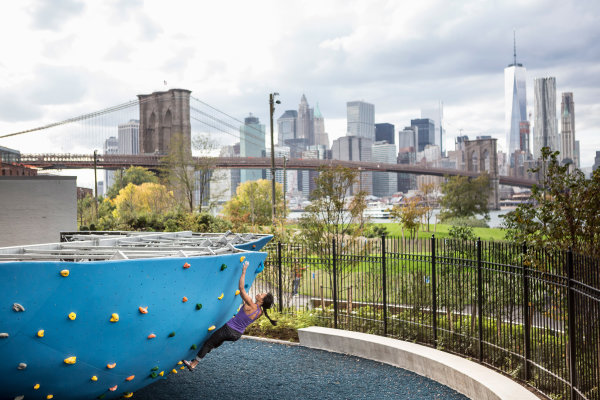It all started many years ago on a photo assignment in the Alaska Range. As we flew over countless giants of rock, ice, and snow, one in particular stamped itself into my mind’s eye—Mount Huntington. Rising out of the clouds, it’s pyramid-shaped architecture and dramatically corniced summit forced me to make a promise to myself then and there: “Someday, I’m going to climb this mountain."
While much attention paid to the Alaska Range goes to neighboring Denali, the tallest mountain in North America, Mount Huntington is a prized possession in the mountaineering community. At 12,241 feet, Huntington is by no means the tallest in the range (Denali tops out at 20,310 feet), but a striking, obelisk-esque shape, technical ice, and exposed mixed climbing guard the top of this aesthetically striking peak, making it far more challenging to ascend.
Fast forward six years from that fateful day and I find myself and close friend Allen sitting in a Cessna 185, flying eye-to-eye with Huntington’s breathtaking and intimidating pyramid. In those six years, Allen and I had climbed together extensively—from Denali in Alaska to volcanoes in the Cascades, from British Columbian strike missions to remote peaks in the Peruvian Andes. Six years and many mountains later, I was finally back. Only this time, I wasn't sightseeing.


























